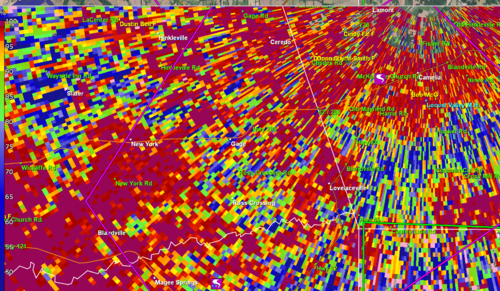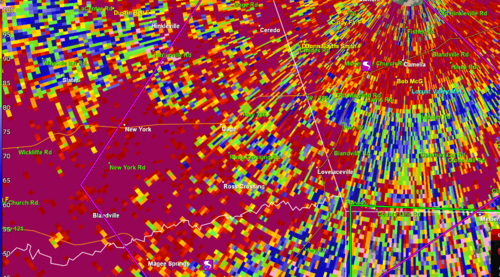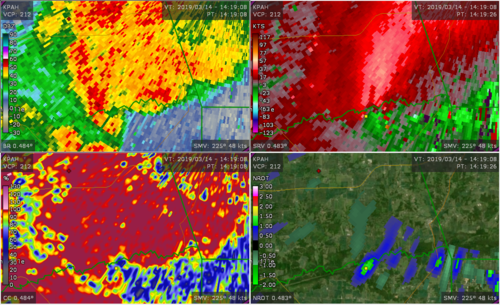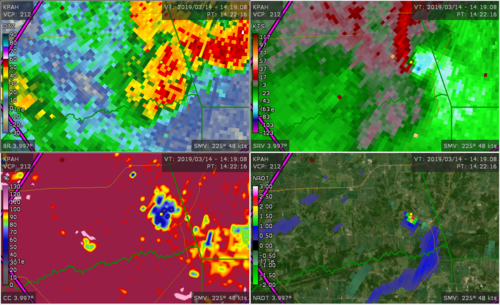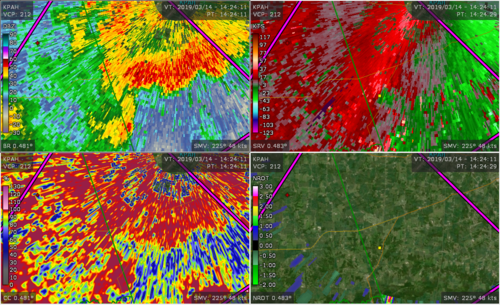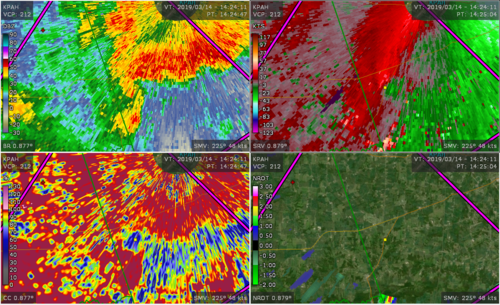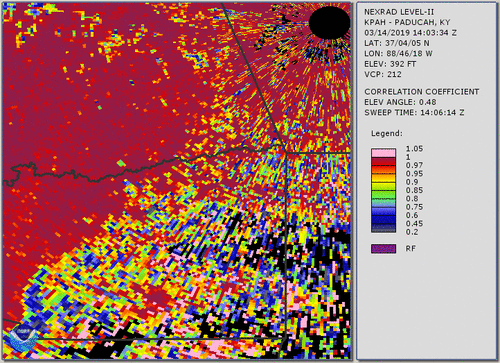beaudodson
EF5
Hello
I am evaluating the March 14th KPAH tornado. The tornado missed the office by a few miles.
The tornado tracked across portions of Carlisle, Ballard, and McCracken Counties in western Kentucky.
Here is the LSR/summary
Summary of the March 14 supercells, flooding, and strong winds
The first radar screenshot if tilt 1 (about 340' aloft). It is showing no debris on CC.
The second radar is tilt 4.0 (approx 2700' aloft) and is showing a strong CC tornado signature. There is a 30 second difference between tilt 1 and 4.
Keep in mind the tornado had already been causing damage for a period of time.
Why is the lower tilt not showing a strong 'cc signature?
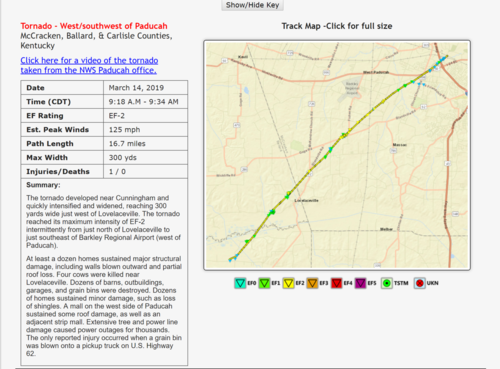
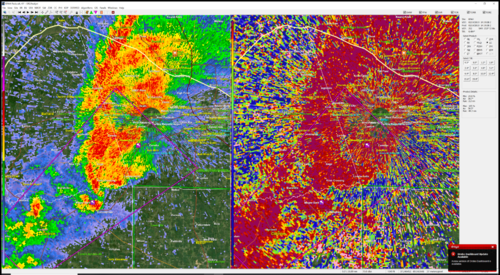
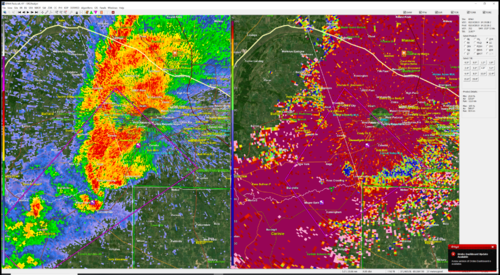
Thank you for your time
Beau
I am evaluating the March 14th KPAH tornado. The tornado missed the office by a few miles.
The tornado tracked across portions of Carlisle, Ballard, and McCracken Counties in western Kentucky.
Here is the LSR/summary
Summary of the March 14 supercells, flooding, and strong winds
The first radar screenshot if tilt 1 (about 340' aloft). It is showing no debris on CC.
The second radar is tilt 4.0 (approx 2700' aloft) and is showing a strong CC tornado signature. There is a 30 second difference between tilt 1 and 4.
Keep in mind the tornado had already been causing damage for a period of time.
Why is the lower tilt not showing a strong 'cc signature?



Thank you for your time
Beau

